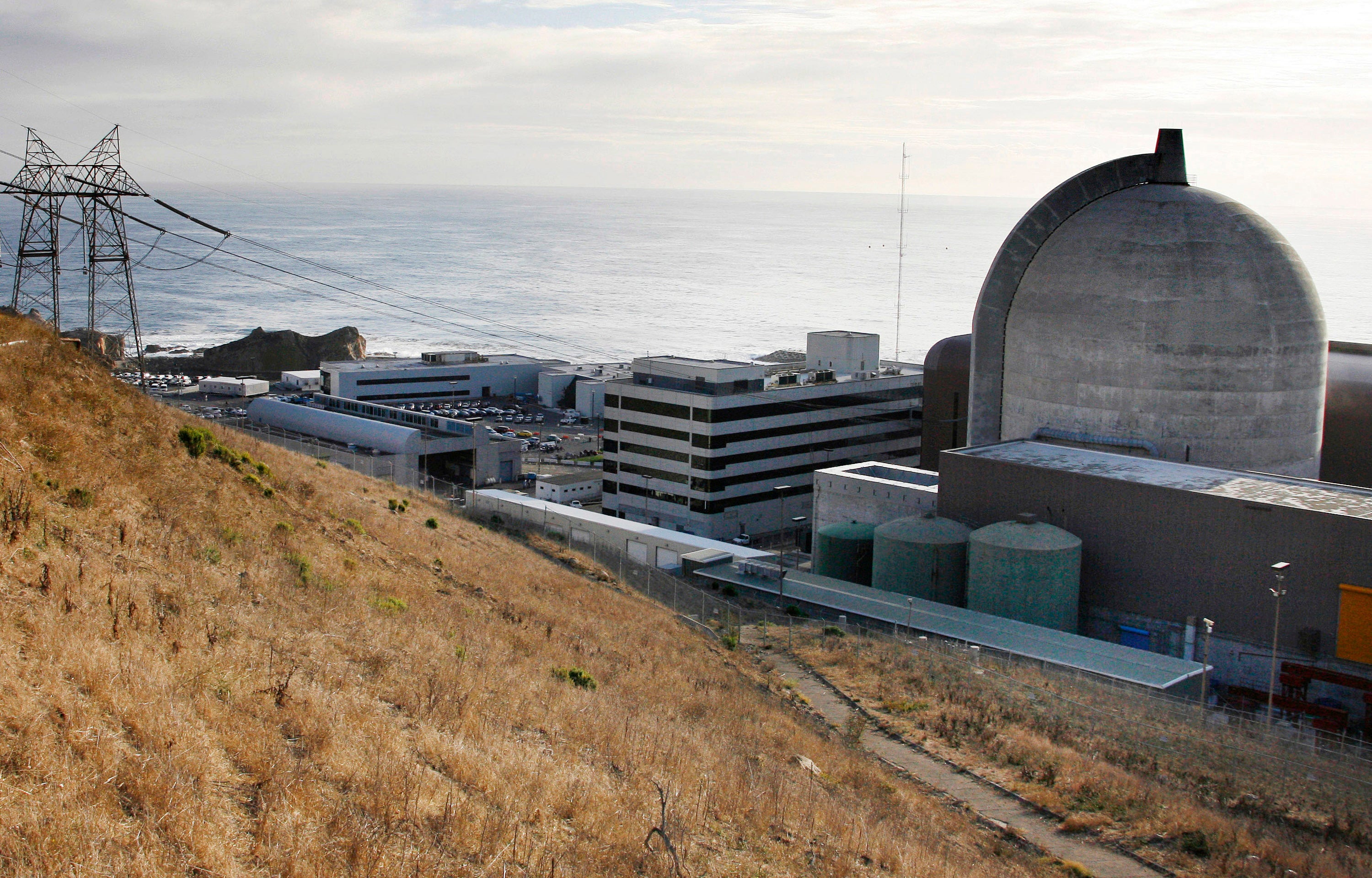California nuke extension challenged in legislative proposal
California Democratic Gov. Gavin Newsom's proposal to extend the life of the state's last operating nuclear power plant by up to 10 years is being rebuffed by Democratic legislators

Your support helps us to tell the story
From reproductive rights to climate change to Big Tech, The Independent is on the ground when the story is developing. Whether it's investigating the financials of Elon Musk's pro-Trump PAC or producing our latest documentary, 'The A Word', which shines a light on the American women fighting for reproductive rights, we know how important it is to parse out the facts from the messaging.
At such a critical moment in US history, we need reporters on the ground. Your donation allows us to keep sending journalists to speak to both sides of the story.
The Independent is trusted by Americans across the entire political spectrum. And unlike many other quality news outlets, we choose not to lock Americans out of our reporting and analysis with paywalls. We believe quality journalism should be available to everyone, paid for by those who can afford it.
Your support makes all the difference.A proposal circulated Friday by California Democratic legislators would reject Gov. Gavin Newsom's plan to extend the lifespan of the state's last operating nuclear power plant — and instead spend over $1 billion to speed up the development of renewable energy, new transmission lines and storage to maintain reliable power in the climate change era.
The legislative plan obtained by The Associated Press reveals mounting tension between the Democratic governor and some members of his own party over a politically volatile issue.
The rift was revealed one week after Newsom proposed giving plant operator Pacific Gas & Electric a forgivable loan up to $1.4 billion as part of a plan to keep the Diablo Canyon Nuclear Power Plant running beyond its scheduled closing by 2025.
Newsom has argued that as hotter temperatures drive up the demand for power, the twin-domed reactors along the coast between Los Angeles and San Francisco would provide a necessary buffer against electrical blackouts, as the state transitions to power from solar, wind and other renewable energy sources.
The legislative plan drops the idea of keeping the decades-old reactors running. Instead, it would funnel the $1.4 billion Newsom proposed for PG&E into speeding up other zero-carbon power and new transmission lines to get the electricity to customers.
The legislative plan included a series of related, but separate, proposals for investing over $1 billion to install install energy-efficient cooling and lighting for low-income Californians, at no cost to qualifying residents. It would also place $900 million in an “electric ratepayer relief fund” to provide bill credits to offset ratepayer costs. Another $900 million would got toward funding solar and storage systems for low-income households, among other programs.
The conflict over Diablo Canyon reveals deep anxiety among some legislators that Newsom wants an abrupt, complex turnaround in state energy policy with less than two weeks left in the legislative session, which ends for the year at the end of August.
Newsom's proposal also came with many unanswered questions and concerns, including how ratepayers across the state might be impacted, the risk of sidestepping environmental rules and whether continued power from the reactors for years to come might crowd out wind and other renewables expected to start production in the future.
It was not immediately clear how broadly the Democratic alternative was supported in the Legislature.
Newsom’s proposal to reverse course restarted a decades-long fight over seismic safety — several earthquake faults are near the nuclear plant, with one fault running 650 yards (594 meters) from the reactors. Critics said Newsom's plan for the plant guts environmental safeguards while providing a huge financial giveaway to the investor-owned utility.
Newsom spokesperson Anthony York said the governor “wants California to go faster to meet our climate goals, while ensuring we can keep the lights on and safely transition to clean power.”
York said the proposal came out of the state Assembly and "feels like fantasy and fairy dust, and reflects a lack of vision and a lack of understanding about the scope of the climate problem.”
Assembly Speaker Anthony Rendon’s office declined comment.
The governor's late-hour proposal amounts to an attempt to unspool a complex 2016 agreement among PG&E, environmentalists and plant worker unions to close the reactors by 2025, which Newsom supported at the time as lieutenant governor. The joint decision also was endorsed by California utility regulators, the Legislature and then-Democratic Gov. Jerry Brown.
With the state's legislative session ending for the year at the end of the month, there is little time to work out a compromise on a vastly complex issue. PG&E CEO Patricia “Patti” Poppe told investors in a call last month that state legislation would have to be signed by Newsom by September to open the way for the utility to reverse course.
PG&E also would have to obtain a new operating license from the Nuclear Regulatory Commission to run the plant beyond 2025. The utility is following two tracks — assessing the possibility of a longer run, while simultaneously continuing to plan for closing and dismantling the plant, as scheduled.
In a statement, the utility said it was aware of continuing discussions to potentially extend Diablo Canyon's lifespan and PG&E stands ready “should there be a change in state policy.”